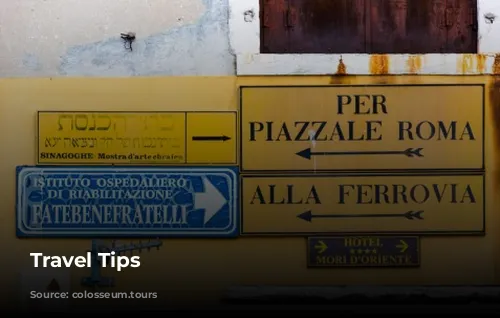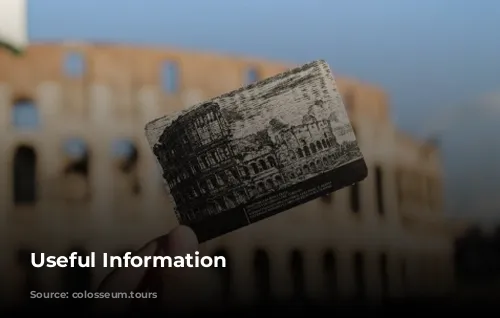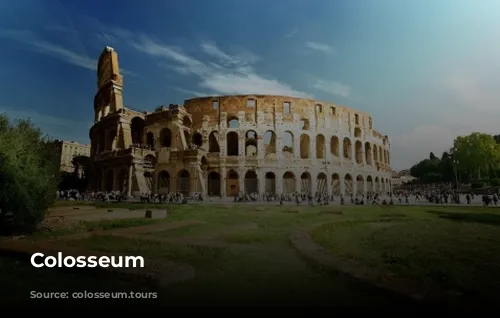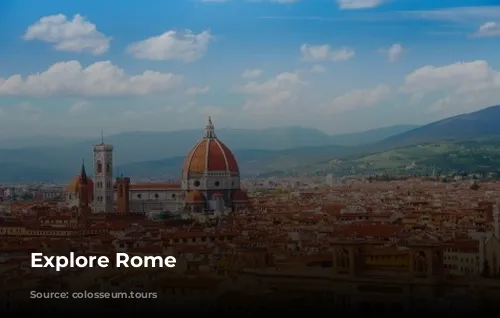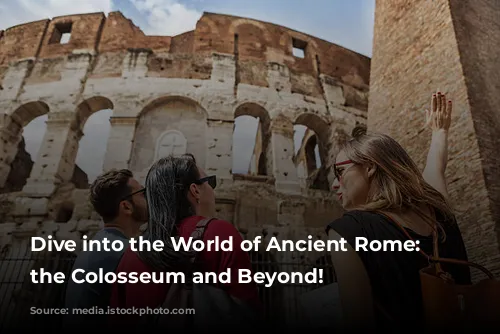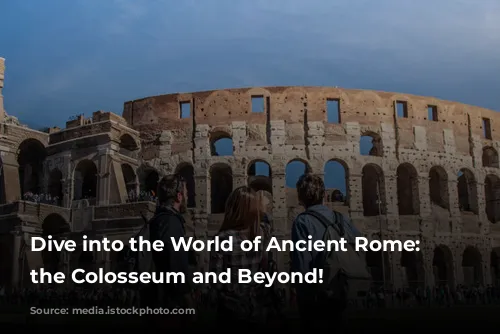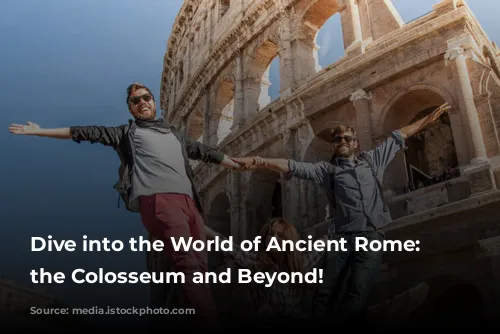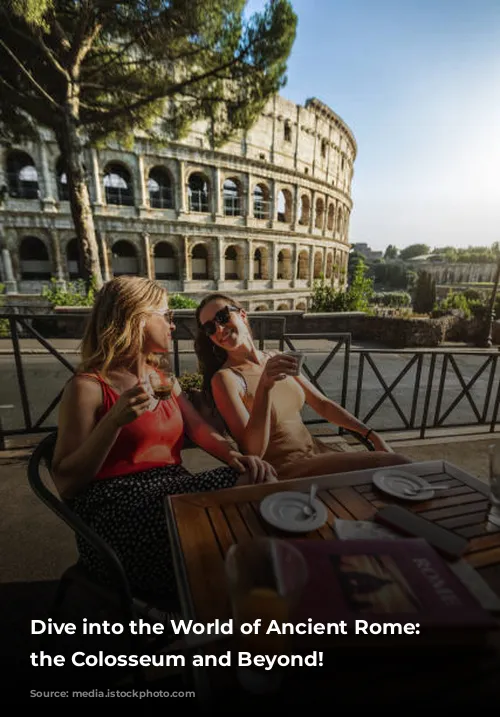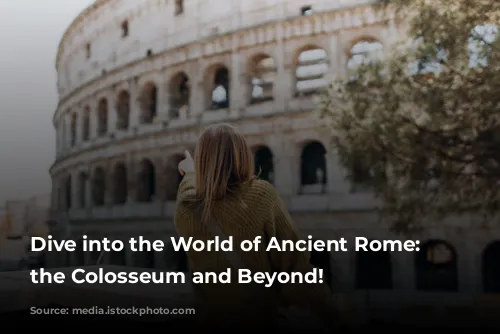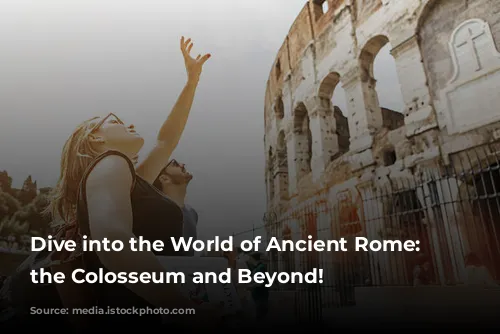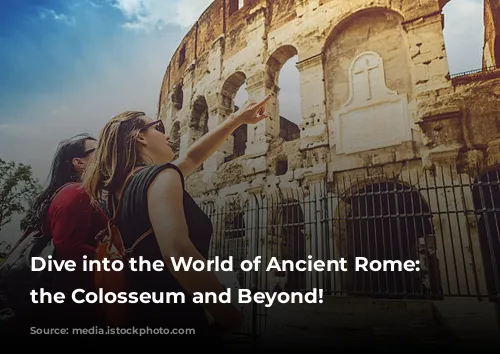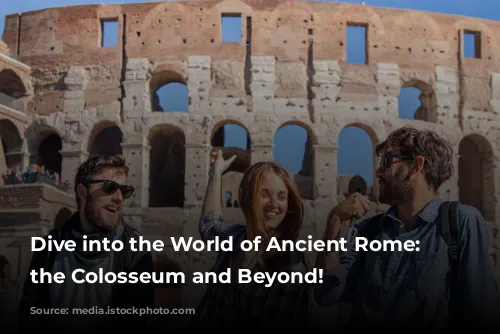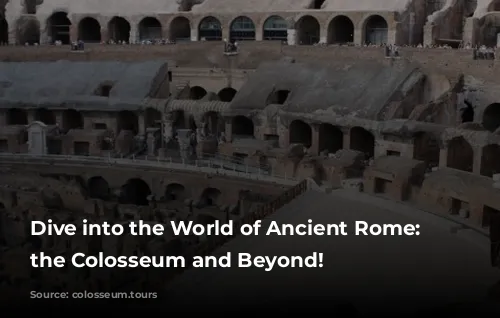Plan Your Visit
Get Ready for a Thrilling Adventure:
- When to visit: You’ll have a different experience depending on the time of year, so choose wisely!
- January 2nd – February 15th: 8:30 AM to 3:30 PM
- February 16th – March 15th: 8:30 AM to 4:00 PM
- March 16th – Last Saturday of March: 8:30 AM to 4:30 PM
- Last Sunday of March – August 31st: 8:30 AM to 6:15 PM
- September 1st – September 30th: 8:30 AM to 6:00 PM
- October 1st – Last Saturday of October: 8:30 AM to 5:30 PM
- Last Sunday of October – December 31st: 8:30 AM to 3:30 PM
Don’t Forget What to Leave Behind:
- No Big Bags: Leave those bulky bags and backpacks at home!
- No Glass Bottles: Say goodbye to glass containers, they’re not allowed.
- No Weapons: Even small knives are prohibited.
- No Aerosol Sprays: These are strictly not allowed.
Book Your Tickets in Advance: Avoid the hassle of long lines and guarantee your entry to this iconic landmark. Booking ahead allows you to secure your ideal date and time, ensuring a smooth and efficient visit. Plus, you might even skip the lines, allowing you to spend more time exploring!
This section provides practical information for visitors, including opening hours, prohibited items, and the importance of booking tickets in advance. It focuses on the logistics of planning a visit.
Unveiling the Colosseum: A Journey Through Time
The Heart of Ancient Rome:
The Colosseum, a colossal amphitheater, stands as a powerful symbol of ancient Rome’s glory. Constructed around 70-80 AD under the rule of Emperor Vespasian, this architectural marvel was the stage for gladiatorial contests, animal hunts, and even mock naval battles. Imagine the roar of the crowd as 80,000 spectators witnessed these breathtaking spectacles!
A Masterpiece of Engineering:
The Colosseum’s design is a testament to the Romans’ genius. Its oval shape, rising 48 meters high with four tiers, is a marvel of engineering. Limestone, concrete, and bricks were skillfully combined to create a structure that has endured for centuries. Three tiers of arches, adorned with Doric, Ionic, and Corinthian columns, add a touch of elegance to its grandeur. Ramps, stairs, and tunnels ensured efficient movement of people and animals, showcasing the Romans’ ingenuity in architecture.
A Captivating Nighttime Experience:
As night falls, the Colosseum transforms into a majestic spectacle. Illuminated against the dark sky, it emanates an enchanting aura. The Colosseum, lit up at night, is a powerful reminder of its rich history and the power of ancient Rome.
This section dives into the history and architecture of the Colosseum, highlighting its significance as a symbol of ancient Roman power and a testament to the Romans’ engineering prowess. It evokes a sense of awe and wonder.
Embracing Roman Culture: Food, Fashion, and Tours
Savor the Flavors of Rome:
While Rome offers upscale dining options, nothing compares to the authentic flavors of street food. Seek out spots favored by locals, where you’ll find delicious and high-quality fare.
Tips for a Smooth Experience:
- Service Charges: Many restaurants include a service charge in your bill, but feel free to leave an additional 10% tip if you’re especially pleased with the service.
- Comfortable Shoes: Exploring Rome’s charming streets and historic sites requires comfortable footwear. Pack your walking shoes!
Discover Ancient Rome with a Guided Tour:
Join a small group and a knowledgeable guide for a comprehensive exploration of Ancient Rome’s highlights.
- Colosseum: Learn about the architecture and the Romans’ love for games. Walk on the arena floor, where gladiators once battled!
- Palatine Hill: Explore the oldest part of Rome, where emperors once resided. Wander among the ruins and enjoy breathtaking views.
- Roman Forum: Journey along ancient roads, marveling at temples, offices, and the senate building.
This section focuses on the cultural aspects of a visit to Rome, emphasizing the importance of experiencing local cuisine, dressing comfortably for exploration, and opting for guided tours.
A Deeper Dive into History and Culture
Unveiling the Secrets of Ancient Rome:
Experience the grandeur of the Colosseum with a knowledgeable guide. Discover its impressive structure and learn about its history, including the damage it suffered from earthquakes.
Palatine Hill: A Glimpse into Imperial Life:
Climb Palatine Hill for breathtaking views and a visit to old ruins like the House of Augustus. Imagine the life of the emperors in these magnificent homes!
Roman Forum: The Heart of Ancient Politics:
Delve into the Roman Forum, once bustling with political activity and speeches. Marvel at architectural wonders like the Temple of Romulus and listen to captivating stories that bring Roman history to life.
Personalized Tours for a Unique Experience:
Choose a personalized tour that caters to your interests and preferences. Bypass the crowds with a private entrance to the Colosseum and enjoy an unforgettable experience.
This section dives deeper into the history and architectural significance of the Colosseum, Palatine Hill, and the Roman Forum. It encourages visitors to explore these sites with a knowledgeable guide for a truly immersive experience.
Beyond the Colosseum: Exploring the Vatican and Rome’s Vibrant Neighborhoods
The Vatican: A City Within a City:
A visit to the Vatican is a must for its rich history and spiritual significance. The Vatican Museums showcase a treasure trove of art, including works by Michelangelo and Raphael. The Sistine Chapel, with its mesmerizing frescoes, particularly Michelangelo’s masterpiece on the ceiling, is a truly breathtaking sight. St. Peter’s Basilica, with its awe-inspiring architecture and religious significance, is equally captivating.
Exploring Rome’s Local Gems:
- Trastevere: Escape the hustle and bustle and discover the bohemian charm of Trastevere. Explore narrow cobblestone streets, vibrant buildings, bustling piazzas, and lively trattorias.
- Monti: This eclectic neighborhood blends ancient ruins with trendy boutiques and artisanal shops. Wander through its labyrinthine alleys to discover hidden gems, quaint cafes, and artisan workshops.
Free Museum Access on the First Sunday of the Month:
Enjoy free entry to state-owned museums, galleries, parks, and some archaeological sites on the first Sunday of the month. Be prepared for crowds and consider arriving early to make the most of this opportunity.
This section delves into the cultural significance of the Vatican City and introduces visitors to the vibrant neighborhoods of Trastevere and Monti. It provides information about the free museum access offered on the first Sunday of the month.
A Symbol of Time and Power:
The Colosseum is not just a monument; it’s a living testament to the enduring power of ancient Rome. Its presence in the heart of modern Rome is a constant reminder of a glorious past and a source of inspiration for generations to come. It’s a symbol of the city itself, much like the Eiffel Tower in Paris. As you stand before this magnificent structure, you can almost hear the echoes of ancient times, witnessing the grandeur of the Roman Empire.
This section summarizes the article, highlighting the Colosseum’s enduring significance as a symbol of ancient Rome and its lasting impact on the modern city. It concludes by emphasizing its historical importance and cultural influence.
